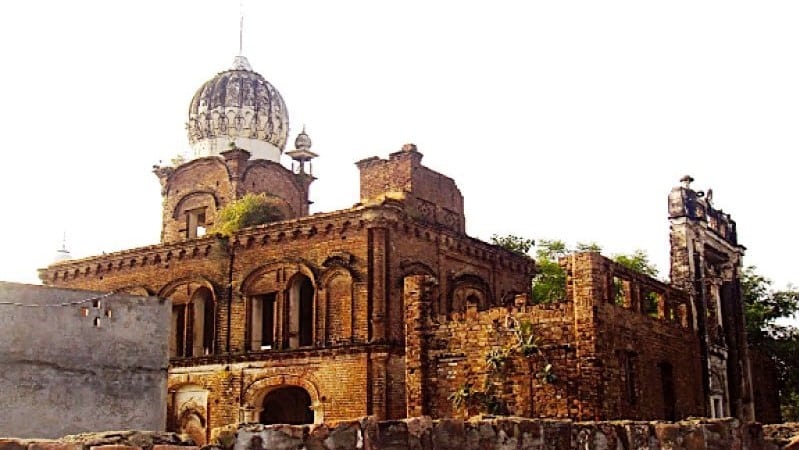Speakers at a seminar on new archaeological discoveries in AJK and G-B, held at the Quaid-i-Azam University (QAU)’s Taxila Institute of Asian Civilisation (TIAC), stressed upon the government to establish museums in AJK and G-B. They also called for the provision of land for exploration, and introduction of archaeology as a subject at school and college-levels.
A TIAC team recently discovered more than 100 sites of archaeological importance in AJK, 80 of which were damaged by natural calamities in the region.
Archaeology and Museums Department Director-General Dr Muhammad Arif advised students to pay serious attention to artefacts found during surveys and unearthed during excavations as primary sources of research, besides review of literary sources.
He appreciated the efforts of Dr Muhammad Ashraf Khan and his dedicated team members including Dr Ghaniyur Reham, Dr Sadeed Arif, Dr Rafiullah and students of PhD, MPhil, and MSc of the TIAC for surveying the difficult terrains in AJK and G-B.
Dr Arif said archaeological surveys and documentation were considered prerequisites to archaeological excavation, preservation and protection of sites and historical monuments.
He said that in the subcontinent, Alexander Cunningham was the first archaeologist, who carried out survey of Buddhist sites.
“Inspired by early amateur archaeologists such as the Italian military officer Jean-Baptiste Ventura, Cunningham excavated many stupa sites across the length and breadth of the subcontinent, and his efforts finally bore fruits when the Archaeological Survey of India (ASI) was established in 1861,” Dr Arif said.
He said that due to financial constraints, ASI remained inactive from 1865 to 1871, but was revived in 1871 as a full-fledged department.
Dr Arif said that after the creation of Pakistan, the Government of Pakistan’s Department of Archaeology and Museums, carried out a large-scale archaeological survey in Sindh, Khyber-Pakhtunkhwa, the Punjab and Balochistan and brought to light several phases of the glorious history of the land.
AJK Tourism DG Irshad Ahmed said the region had a number of sites that held potential as tourist destinations. “Just yesterday, the AJK government announced it would restore the Red Fort in Muzaffarabad.”
Professor Khawaja Abdul Rehman spoke about the various languages spoken in the Neelum Valley and said that there was lot of lingual diversity in the region.
He said Kundal Shahi and Kashmiri languages, which were spoken in the Neelum Valley, were on the verge of dying.
Rukhsana Khan said that in Indian Kashmir, more than 700 sites were explored and AJK also had great potential in terms of exploration of archaeological sites. TIAC MPhil researcher Taseer Ahmed said that traditional wooden houses in Baltistan, called Shaaq, were extremely vulnerable and needed immediate attention.






